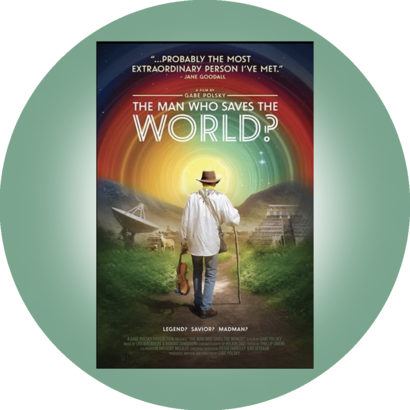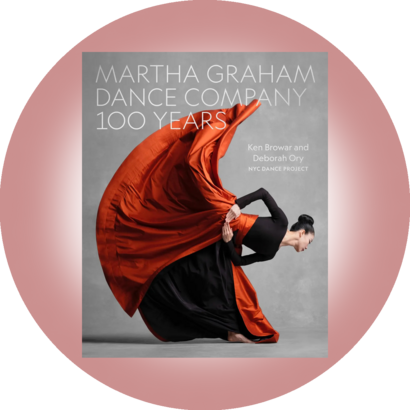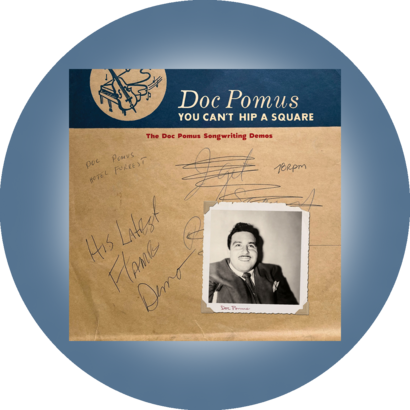You might already love Doc Pomus’s work. Or you might be a fan and not even realize it. Here’s a partial list of the pop gems written or co-written by Pomus, who was born Jerome Felder in Brooklyn: “Save the Last Dance for Me,” “This Magic Moment” (The Drifters); “Suspicion” (Elvis Presley); “Lonely Avenue” (Ray Charles); “Young Blood” (The Coasters); “A Teenager in Love” (Dion and the Belmonts); “Can’t Get Used to Losing You” (Andy Williams). A new six-CD boxed set, You Can’t Hip a Square: The Doc Pomus Songwriting Demos, focuses on the roots of all that perfection. Gathering early versions of scores of songs—well known, little known—sung mostly by Pomus’s frequent collaborator Mort Shuman, plus one disc devoted to Pomus’s own modest recording career as an R&B belter, and a wealth of biographical material, it’s a fine deep dive for Pomus enthusiasts. And it should send everyone back to those for-the-ages hit recordings. ($75, omnivorerecordings.com) —George Kalogerakis

read
Love Johnny Carson
In this day and age, it is impossible to believe that 15 million Americans would tune in to the same late-night comedy show and the next day swap some of the jokes at work. But that is what happened when Johnny Carson hosted The Tonight Show, from 1962 to 1992. Mark Malkoff—a Carson expert in his own right who hosted The Carson Podcast for years—has assembled the interviews he did for his show with the help of David Ritz into a new book, Love Johnny Carson. It’s a delightful read that digs deep into what made the very private Carson and his show tick. Did he have a temper? Was he a control freak? For sure. But he could also be absurdly generous, surprisingly forgiving, and for some reason carried a pistol rather than have a security detail. Malkoff notes Carson was happiest when the camera’s red lights were on. What he got from his studio audience seemed to sustain him in his solitude. ($35, amazon.com) —Jim Kelly

decorate
Heather Taylor Home x The Company Store
If decorating is your idea of a good time, Heather Taylor Home’s new collection for The Company Store will provide plenty of ways to pass the time. Runners, napkins, and place mats in Taylor’s signature plaids are just the ticket to a cozy, autumnal tablescape, but they’re only part of the fun. The offerings also include flannel pajamas (even for dogs!) and holiday décor such as stockings and ornaments. We’ll be starting with the percale bedding, topped with a cheerful blue-and-white quilt—delivering the comfort of a country home into the middle of the urban sprawl. (from $12, thecompanystore.com) —Ashley Baker

wear
Helen Kaminski
Controversial statement: a traditional baseball cap looks slightly out of place once the weather turns. There’s nothing wrong with clinging to sunnier days, but at least consider a more seasonally appropriate option. Helen Kaminski’s minimalist version is made of Japanese wool, with a five-panel design and signature, 2.9-inch peak. It’s not quite as wintry as a beanie, but it will stave off any and all autumnal chills. Designed for all genders, the Ledger Wool Cap is made to be shared—or perhaps even stolen by a very cool teenager in your life. ($210, helenkaminski.com) —Ashley Baker

watch
The Man Who Saves the World?
Who’s to say that ancient prophecies won’t come true? Meet Patrick McCollum:”a peacemaker, kung-fu master, prison chaplain” and “the most extraordinary person” Jane Goodall has ever met. He believes he’s destined to fulfill a prediction that one man will unite all of South America’s indigenous tribes and save the Amazon rainforest. Fascinated by McCollum’s unique calling, director Gabe Polsky (Red Army, Butcher’s Crossing) documented this crusade to save millions of people and acres of land. Oscillating between complete and utter entrancement and (warranted) skepticism, the film allows the viewer to draw their own conclusions. The Man Who Saves the World? is in cinemas now. (cinemavillage.com) —Alexandra Lemer

Read
Martha Graham Dance Company 100 Years
In 1926, a small, slim, raven-haired woman founded a dance company of women. They performed with bare feet. They wore jersey shifts that clung to every curve. They could float backwards to the ground like angels, could charge the horizon like wild mares, were midwives of the mythic. The raven-haired woman was named Martha Graham, and when she died in 1991, at 96, she was the unmatched matriarch of American modern dance. The Martha Graham Dance Company, which admitted men in 1938, is celebrating its centennial this year with a U.S. tour. A piece of that celebration is Ken Browar and Deborah Ory’s new book, Martha Graham Dance Company 100 Years. With photo essays on 24 beloved Graham classics, this mix of archival images, new photographs, and deft writing is gorgeous, rigorous, based in the kinetic, and in touch with the totemic moments of Graham theater. “The body says what words cannot,” explained Graham. So do the visions in this magnificent book. ($75, blackdogandleventhal.com) —Laura Jacobs

